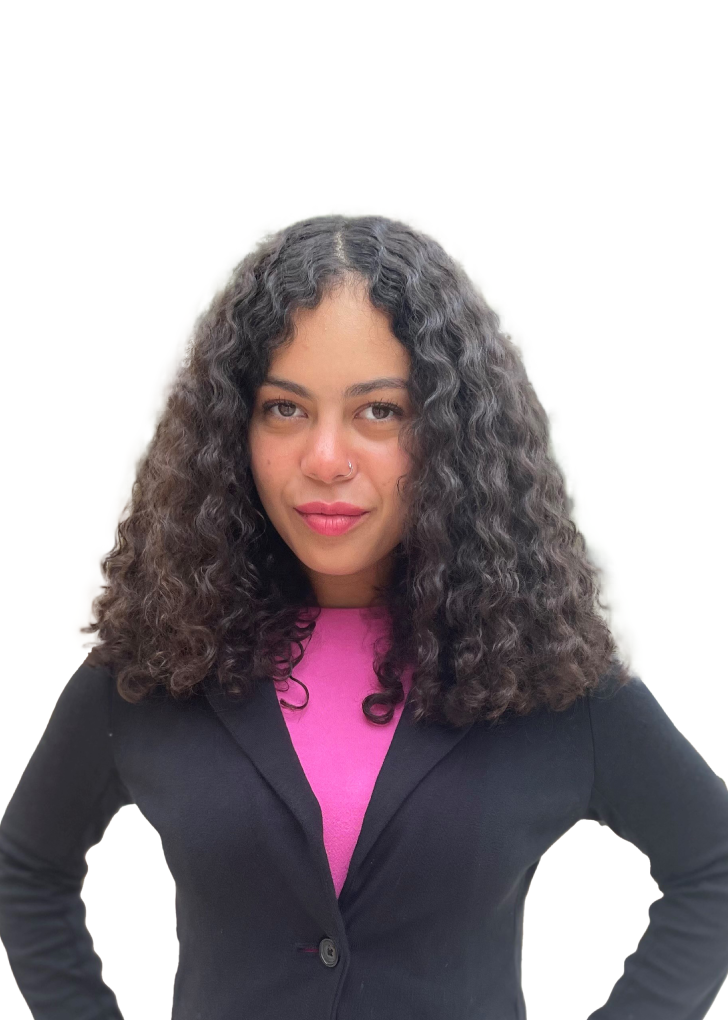Tuesday marks the year anniversary of the Barahona case
By Willard Shepard
| Tuesday, Feb 14, 2012 | Updated 2:48 AM EST
On Tuesday, Jorge and Carmen Barahona may find out if they will be in the same courtroom when they face murder charges.
A Miami-Dade judge will determine soon if they should be tried separately. South Florida was shocked when the Barahonas’ alleged crimes came to light a year ago, and since then the state has overhauled their child protective services to spot abuse faster after it was criticized for not detecting the situation in the home.
According to Victor Barahona’s caretaker, he said several times that he thought he was going to die.
A year ago Tuesday, he was found with severe chemical burns in a pickup truck along Interstate 95. His sister’s body was in a plastic bag in the truck.
“To take you back for a year when Barahona happened, our turnover must have been around 40 percent,” said current DCF South Florida director Esther Jacobo.
Jacobo told NBC Miami that much has changed over the last year since the Barahona tragedy was uncovered. Jacobo said child protective investigators are seeing their caseloads drop significantly. Twenty new investigators are on the road responding to calls for help.
Investigator Julio Garcia and his counterparts now carry about 15 cases, down from 50 last year.
“I can access risk and safety in a better quality than I did before,” Garcia said.
“Our investigators all want to do what’s right for kids, and we have to make sure we give them the tools to do that,” Jacobo said.
Pat Smith, an official at Our Kids, the organization that oversees foster care, said technology is giving each case worker the ability to track medical care, to take a picture of a child with a time and date stamp and a location too.
“Whether they are missing school, they collect all that information during a home visit,” said Smith.
But one child advocate said changes really haven’t made much of a difference.
“We’re not able to see the kids of results you want to see. The quality assurance monitoring by the department has revealed huge systemic problems in the our kids system of care,” said Howard Talenfeld, Florida’s Children First president.
DCF and Our Kids insist they are better equipped to spot troubled families like the Barahonas from happening again.


